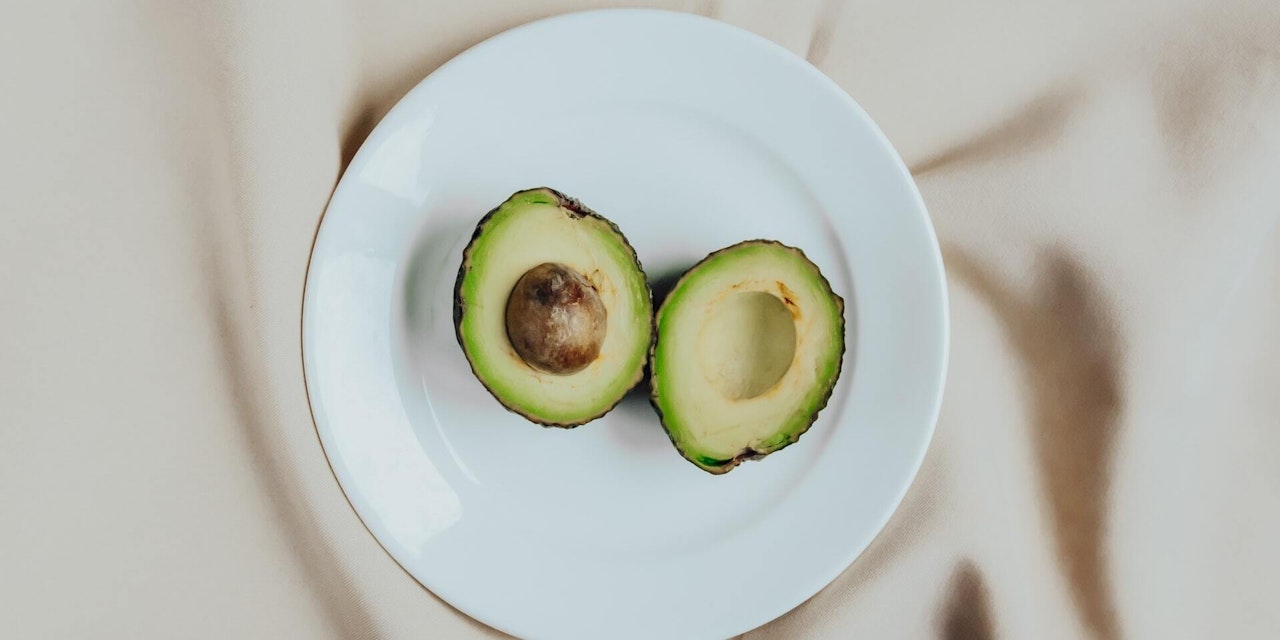
Did you know that the keto diet was originally developed as a means to address seizures? Long before becoming a popular weight loss method, the keto diet tackled other medical issues by focusing on high-fat, low-or-no carb meals and foods. Let’s take a look at its evolution, what to eat on a keto meal plan and if it’s making a comeback to be a popular weight loss option.
What is the keto diet?
The ketogenic (keto for short) diet is a high fat, very low carb diet. The purpose is to mimic the metabolism of fasting. The goal is to get your body to switch from using carbs to fats as its primary source of energy.
When your body burns stored fat for energy instead of blood sugar, it goes into a state called ketosis. (1) This switch of fuel helps promote weight loss because of that fat burn and reduced levels of hunger or cravings.
Learn more about the keto diet here: The Ultimate Ketogenic Diet App.
The evolution of the Keto diet
The ketogenic diet didn’t start out as a way to lose or manage weight. It was introduced by physicians as a way to treat epilepsy in the 1920s. (2) Doctor Russel Wilder, M.D. discovered that by eating a high fat, very low carb diet, it can mimic the effects of fasting.
The keto diet was used to treat epilepsy for two decades before medication was created. The ketogenic diet has been suggested to decrease seizures in children and may also help improve symptoms of other conditions such as multiple sclerosis, autism, Parkinson's, and even Alzheimer’s. (3)
In the 1970s Robert Atkins introduced the popular low-carb Atkins diet. Since then, researchers have been studying the effects of low-carb diets, especially focusing on reaching ketosis, or using fat as fuel. It was found that ketosis might “slow” the aging process and increase fat burn, which is why it's so popular today.
How to do keto
There are varying levels of the keto diet, but unlike other low-carb diets, the carbs are not replaced with protein, but rather mainly with fats. The standard keto diet consists of a daily macronutrient breakdown of 70% fat, 20% protein, and 10% carbohydrates. (4)
Another way to think of it is aiming for a max carb intake of 50g per day. This includes focusing on foods like high-fat cheese or dairy, avocado, olive oil, eggs, fish, nuts and seeds, with some low-carb vegetables such as lettuce, mushrooms, cucumbers, broccoli and zucchini. Carbohydrates such as grains, potatoes, higher sugar fruits (mango, banana, dried fruit), sweets and sweetened drinks should be limited or avoided.
As with any way of eating, it’s all up to what works best for you. Since this diet is quite restrictive, it may be difficult to adapt to current eating habits. However, with people focusing more on a way to prevent age-related diseases and manage weight, keto seems to be making a comeback.
Want to learn more about different types of keto and be guided along the way? Download Lifesum to choose between a strict, medium, or easy keto plan. You’ll get a macronutrient tracker focusing on carbs as well as delicious keto recipes!
All of the content and media on Lifesum is created and published for information purposes only. It is not intended to be used as a substitute for medical advice or treatment. Users should always consult with a doctor or other health care professional for medical advice.
4 references (hide)
All of the content and media on Lifesum is created and published for information purposes only. It is not intended to be used as a substitute for medical advice or treatment. Users should always consult with a doctor or other health care professional for medical advice. If you have or think you are at risk of developing an eating disorder, do not use the Lifesum app and seek immediate medical help.